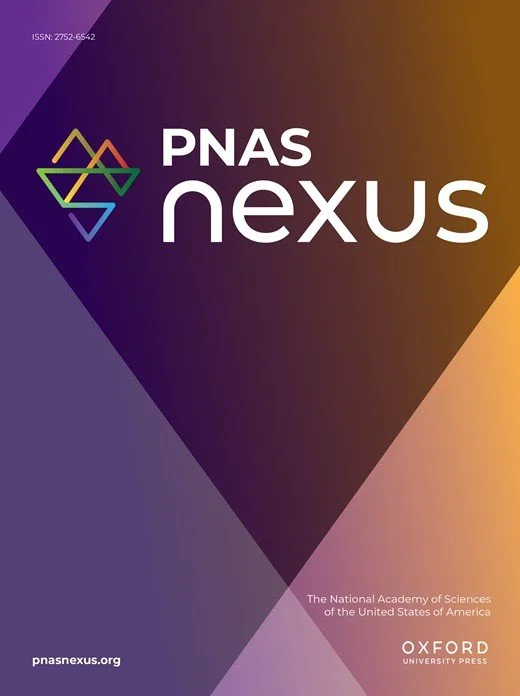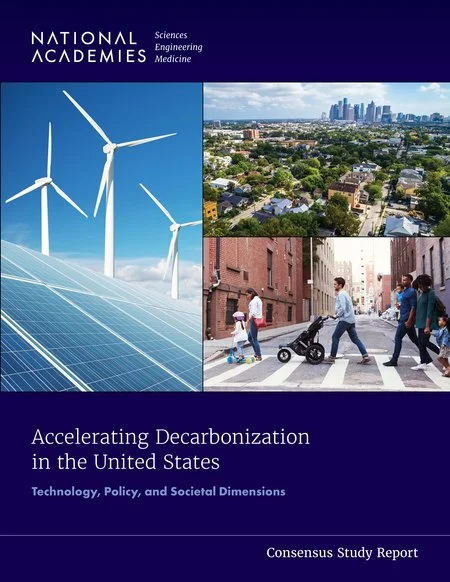The Smart Surfaces Coalition (SSC) has conducted a comprehensive analysis of the local climate and SFO’s surface characteristics and evaluated how cool (reflective) surfaces in particular can improve the working environment of outdoor workers. This study uses high resolution local climate modeling to evaluate three roof and pavement albedo modification scenarios (low, moderate, high) for their impact on air temperature and worker productivity.
Read MoreHeat exposure in outdoor work environments poses risks to worker health and productivity. Engineering solutions like cool surfaces that increase surface albedo and reduce temperatures may help mitigate these impacts. We conducted detailed micrometeorological modeling to analyze surface characteristics and heat exposure for outdoor workers at San Francisco International Airport (SFO) under current conditions and three hypothetical albedo-increase scenarios.
Read MoreThe United States has a historic opportunity to lead the way in decarbonization by transforming its current energy system to one with net-zero emissions of carbon dioxide.
Read MoreDelivering Urban Resilience details the costs and benefits of city-wide adoption of smart surfaces in Washington, D.C., Philadelphia, and El Paso to improve health and livability, reduce urban inequality, and enhance resilience while saving billions of dollars.
Read MoreIn this report, we have expanded the technical depth of analysis from these prior reports. We analyze and model in detail the economic costs and benefits, as well as temperature reduction impact, of one city—Baltimore—adopting Smart Surfaces.
Read MoreIn Fall 2022, the Smart Surfaces Coalition (SSC) with the help of the New Buildings Institute (NBI) submit- ted a proposal for a code change in the 2024 International Energy Conservation Code (IECC).
Read MoreA research team at the Carnegie Mellon University Center for Building Performance and Diagnostics has developed a Smart Surfaces Guidebook for city policymakers to use as a decision-making guide.
Read MoreIn partnership Lawrence Berkeley National Lab, this document identifies barriers and opportunities to the widespread adoption of cool roofs.
Read MoreIn this report, the costs and benefits of adopting Smart Surfaces in Stockton, CA, a representative hot-dry climate city, are modeled.
Read MoreThis report analyzes the potential of Smart Surfaces to be financed by the Clean Energy and Sustainability Accelerator
Read MoreThis report analyzes the effect of extreme heat and weather-related risks on city credit rating and how smart surface implementation can mitigate this risk for cities.
Read MoreSmart Surfaces can save cities billions, reduce temperatures, and make our communities more livable.
Read MoreThis report is a 12 page summary of the full, 300+ page report, Delivering Urban Resilience.
Read MoreReshaping our cities’ surfaces to save lives, improve livability, and enhance resilience while saving hundreds of millions of dollars
Read MoreThis report documents the financial costs and benefits of 30 green schools compared to conventional schools. Greening school design provides an extraordinarily cost-effective way to enhance student learning, reduce health and operational costs and, ultimately, increase school quality and competitiveness.
Read More“Green” buildings—buildings that use fewer resources to build and to sustain—are commonly thought to be too expensive to attract builders and buyers. But are they?
Read More









![Accelerating Job Growth and an Equitable Low-Carbon Energy Transition: The Role of the Clean Energy Accelerator [Analysis Group]](https://images.squarespace-cdn.com/content/v1/5b104d0b365f02ddb7b29576/1611777918452-UYYYB40TGWLKWSQB7P20/Accelerating%2BJob%2BGrowth%2Band.jpg)





